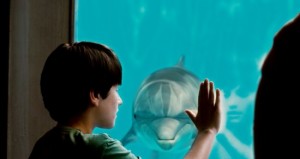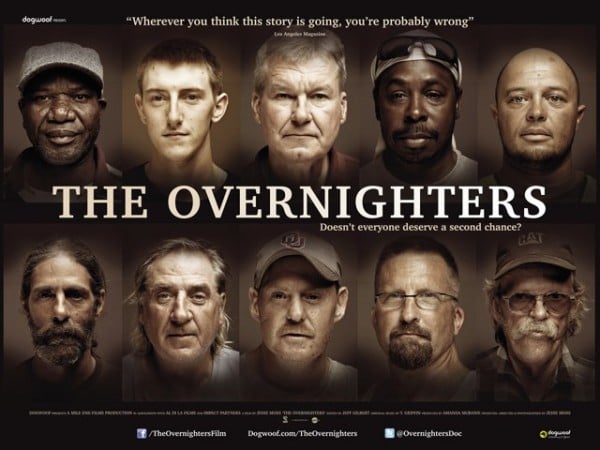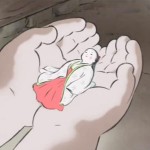 When Charles Martin Smith was hired as director of the new movie “Dolphin Tale,” he immediately flew to Florida to visit Winter the dolphin, an ocean rescue who lost her tail and was fitted with a prosthetic by her human family. The scene he saw there would set the tone for the entire movie.
When Charles Martin Smith was hired as director of the new movie “Dolphin Tale,” he immediately flew to Florida to visit Winter the dolphin, an ocean rescue who lost her tail and was fitted with a prosthetic by her human family. The scene he saw there would set the tone for the entire movie.
“There was this kid about six who had lost a leg to cancer; he had been going through intense treatment. His mother had brought him there and he was allowed to swim with Winter,” Smith told me last week by phone, “I watched her around him, she echolocated around the leg and the prosthetic. She understands, I think. And I just watched how tender she was with him and how moved the boy was and how moved the mother was. I wanted to try to capture some of that.”
Taking on a such a story was a risk, he said, “This could be very sentimental, it could cross the line to maudlin, but if I write it exactly as I’ve seen it, exactly true, it will be all right.”
So he set out to make “a true movie” with Winter starring as herself. Nathan Gamble is Sawyer, a boy who finds an injured dolphin on the beach and becomes her best friend after she is taken in by marine rescuers. With his buddy Hazel (Cozi Zuehlsdorff), he convinces his mother (Ashley Judd) to let him help Hazel’s father (Harry Connick Jr.) at the marine center. When Winter’s injury means she must lose the fluke of her tail, Sawyer goes even further, roping in an Army prosthetic expert (Morgan Freeman) to create a dolphin fluke just for her.
Along the path of medical disappointments and money troubles, magic happens when Winter becomes a source of hope and inspiration for disabled people all over the country. Mothers travel from miles away to bring wheel-chair bound and sick children to swim with the dolphin. Veterans of our wars in Iraq and Afghanistan, suddenly reentering civilian lives missing limbs, find common ground with the dolphin.
In the film, Sawyer’s cousin becomes one of these injured war heroes, unsure how to reassume his civilian future with extensive war wounds. Winter helps him help lift himself out of despair.
The sweet film, rated PG, is one families should take the time to see. Without cynicism, it portrays a friendship between lost child and lost dolphin that becomes bigger and more meaningful than either one of them alone. Rated PG, it lacks any of the wry adult wink-wink humor that so often pops up in kids’ films. It also leaves out bad language and sexual content.
Winter plays herself in the film. As it turned out, she was more than ready for her close up. “Winter is very playful, very gregarious, she likes having people around,” Smith told me, “The only problem we had with her scenes where she wasn’t in, she’d come over as close as she could and start doing that tweety bird sound she does all the time. She had cameos in the background of shots she wasn’t supposed to be in. We couldn’t do dialog. She made so much noise. She’s just a natural performer.”
The thing that separates “Dolphin Tale” from being another sappy kid and animal story is the very true element that Smith sought to include. During the credits, he shows true-life scenes of real disabled children and prosthetic- wearing vets coming to meet Winter. As they lower themselves into the water or lay on the side of her pool, the dolphin greets them warmly and swims around them enthusiastically.
You would swear Winter knows she has a job to do, and that she loves doing it. She is a symbol of hope, courage, and joy, something that is missing far too often from our cynical world.
Smith saw a letter a little girl sent to the aquarium that sums up Winter’s story and the movie. It read, simply, “If Winter can do it, so can I.”
http://www.youtube.com/watch?v=Jdpg9NsgEaI&feature=player_embedded











